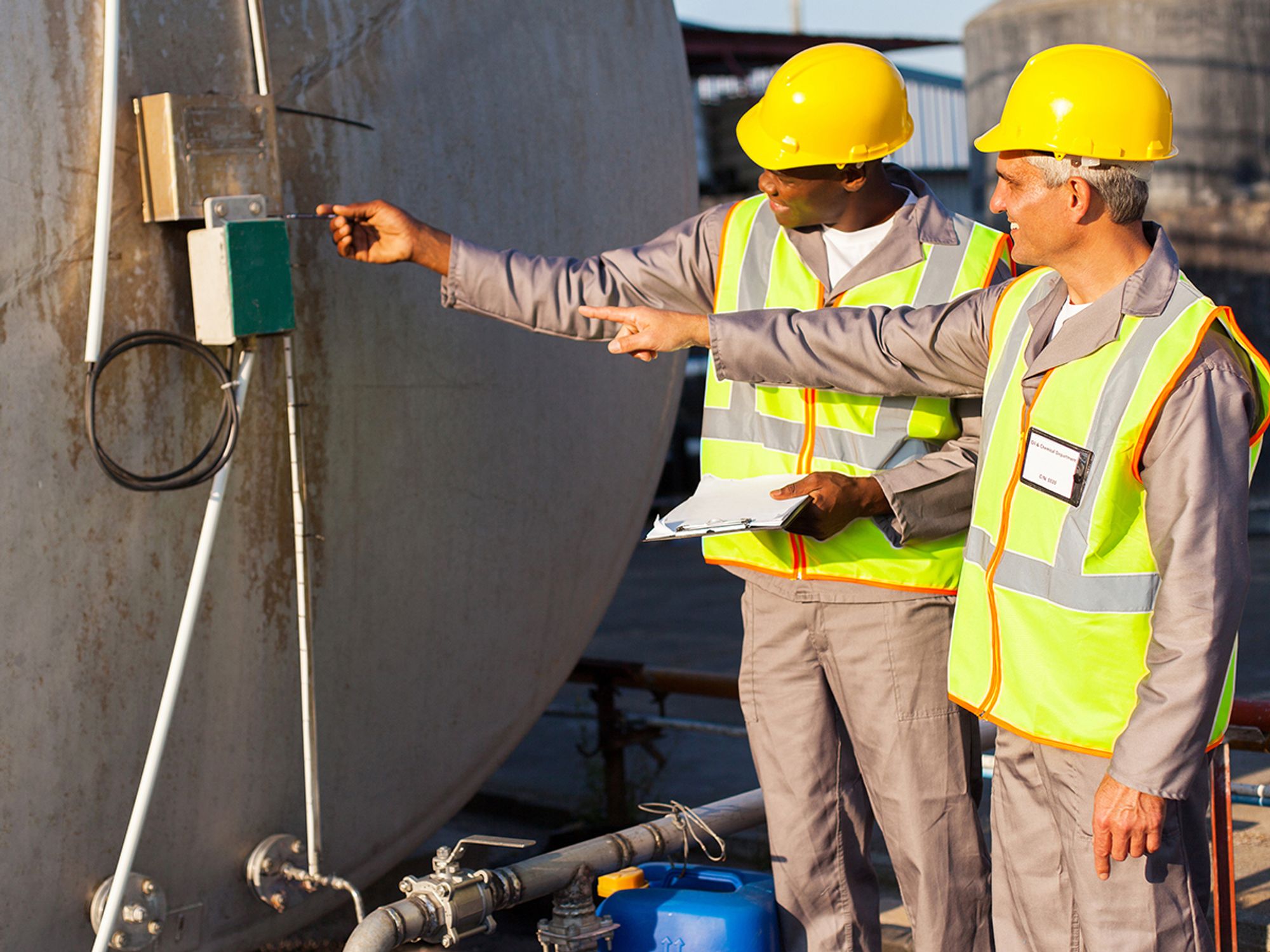Inspections

- Owners and operators must conduct walkthrough inspections at their UST facility.
- The walkthrough inspection must meet one of three different options.
Walkthrough inspections
Owners and operators must conduct walkthrough inspections at their underground storage tank (UST) facility. The walkthrough inspection must meet one of the following:
Option 1: Every 30 days (with the exception of spill prevention equipment at UST systems receiving deliveries at intervals greater than every 30 days, which may be checked prior to each delivery), check spill prevention equipment and release detection equipment. Annually, check containment sumps and any hand-held release detection equipment.
When conducting the walkthrough inspection, check the following:
- Spill prevention equipment
- Check for damage
- Remove any liquid or debris
- Check for and remove any obstructions in the fill pipe
- Check the fill cap to make sure it is securely on the fill pipe
- Check double walled spill prevention equipment with interstitial monitoring for a leak in the interstitial area
- Release detection equipment
- Ensure it is operating with no alarms or other unusual operating conditions present
- Ensure records of release detection testing are reviewed and current
- Containment sumps
- Check for damage, leaks into the containment area, or releases to the environment
- Remove any liquid or debris
- Check double walled containment sumps with interstitial monitoring for a leak in the interstitial area
- Check handheld release detection equipment (for example, tank gauge sticks or groundwater bailers) for operability and serviceability
Option 2: Conduct walkthrough inspections according to a standard code of practice developed by a nationally recognized association or independent testing laboratory. The code of practice must check equipment comparable to option 1 above.
Option 3: Conduct walkthrough inspections according to requirements developed by the implementing agency. These requirements must be comparable to the requirements described in option 1 above.
In addition to these requirements, owners and operators must inspect the following additional areas for airport hydrant systems at least once every 30 days if confined space entry according to Occupational Safety and Health Administration (OSHA) is not required, or at least annually if confined space entry is required.
- Hydrant pits: Check for any damage; remove any liquid or debris; and check for any leaks.
- Hydrant piping vaults: Check for any hydrant piping leaks.
Owners and operators must maintain the most recent year’s walkthrough inspection records. Records need to include a list of each area checked, whether each area checked was acceptable or needed action taken, a description of any actions taken to correct issues, and delivery records if spill prevention equipment is checked less frequently than every 30 days due to infrequent deliveries.
